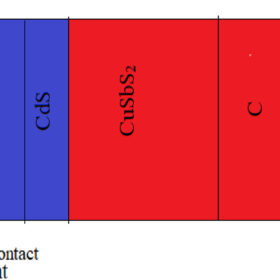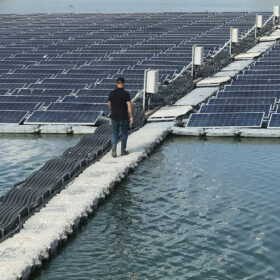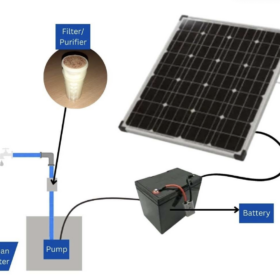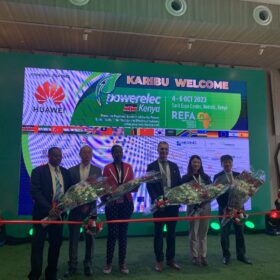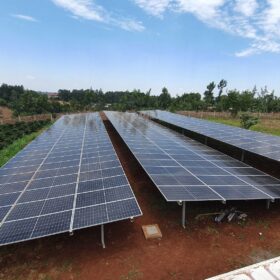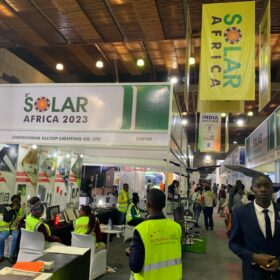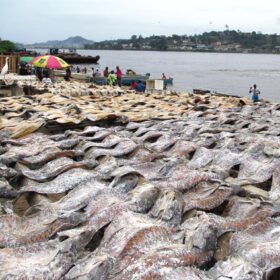New copper antimony sulphide solar cell design promises 16.17% efficiency
A group of researchers has made another attempt to design solar cells based on non-toxic and earth-abundant copper antimony sulfide. The proposed cell architecture is the result of the optimization of the device’s layer thicknessess.
Kenya seeking consultants for 42.5 MW solar project
The Kenyan authorities have started searching for consultants to offer guidance on the development of a 42.5 MW solar project in Embu County, Kenya.
Kenya seeking consultants for 40 MW floating solar tender
State-owned Kenyan Electricity Generating Company PLC (KenGen) is accepting feasibility study applications for the development of a 40 MW floating PV array, backed by German funding.
Kenyan startup offers PV-powered water filter
Inno Neat has developed a solar-powered water filter that removes contaminants such as bacteria, viruses and heavy metals for rural communities.
Key takeaways from Powerelec Kenya
Kenya recently hosted the solar-focused Powerelec Kenya event, alongside the Renewable Energy Forum Africa 2023, in Nairobi. AFSIA and SolarPower Europe organized the event with the support of Get-Invest.
Kenya’s first hybrid solar-hydro plant goes online
Located near Nairobi, the project consists of a 150 kW solar array, a 50 kW crossflow turbine and a 240 KWh storage facility. SolarNow director and CFO Ernst Vriesendorp told pv magazine that despite the project’s humble size, it has ‘large’ benefits.
The Hydrogen Stream: Gulf nations moving forward with tech cooperation
Acwa Power and Eni have signed a hydrogen development deal, while AFC Energy has signed an agreement with Tamgo to sell hydrogen generators.
Kenya launches tender for off-grid solar plants
National utility Keny Power is tendering solar microgrids that will be located in Mandera, Wajir, Garissa, Tana River, Lamu, Narok, Kilifi, and Kwale.
Key takeaways from the Solar Africa 2023 expo
The latest edition of the Solar Africa 2023 expo held last week in Nairobi has seen the participation of 75 exhibitors and 4,000 visitors. pv magazine was there to follow the event and explore the potential of the solar markets in East and Central Africa.
Producing the goods
Germany’s Fraunhofer Institute for Solar Energy Systems (ISE) is demonstrating how a solar-powered refrigeration unit and dryer could be self-sustaining and improve food security in Kenya.
